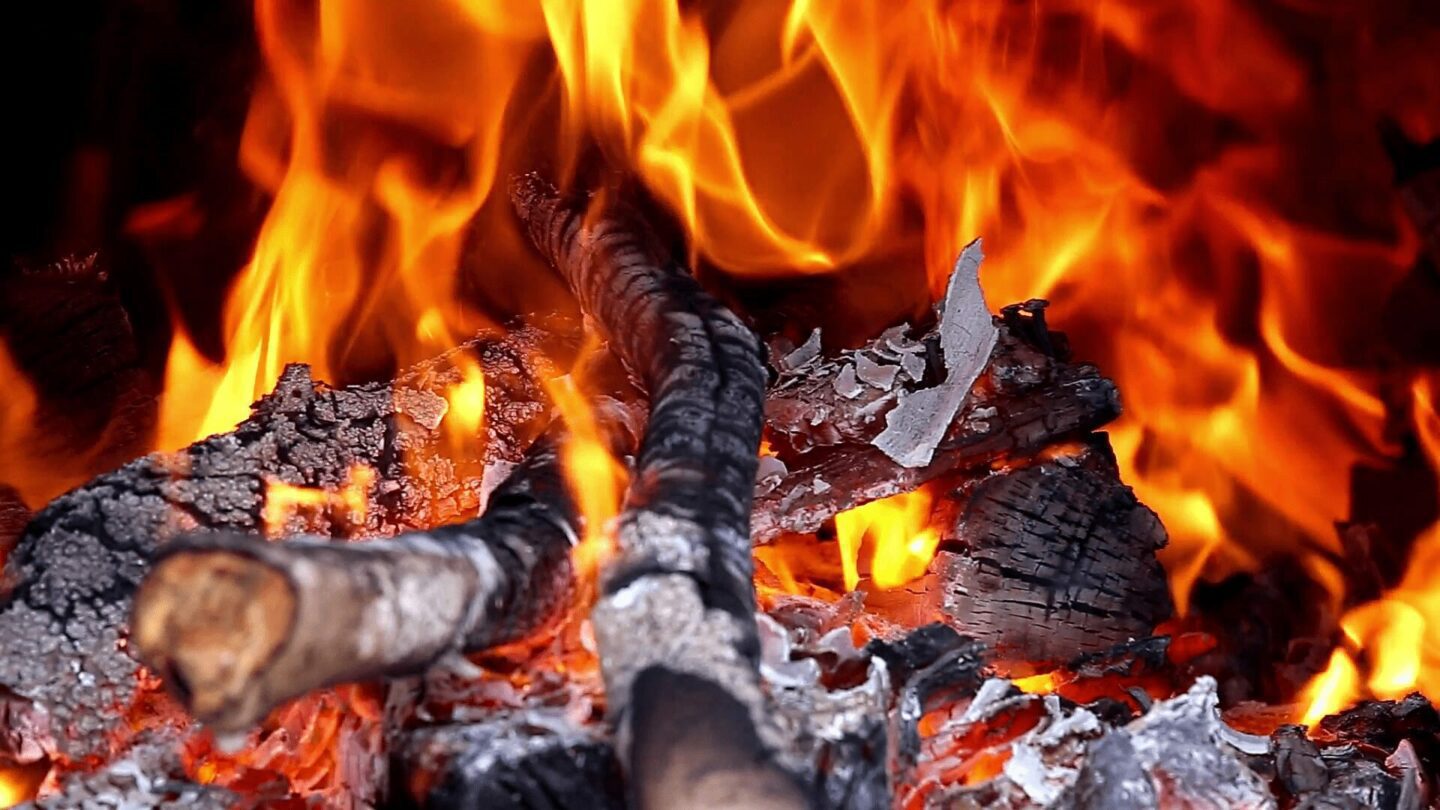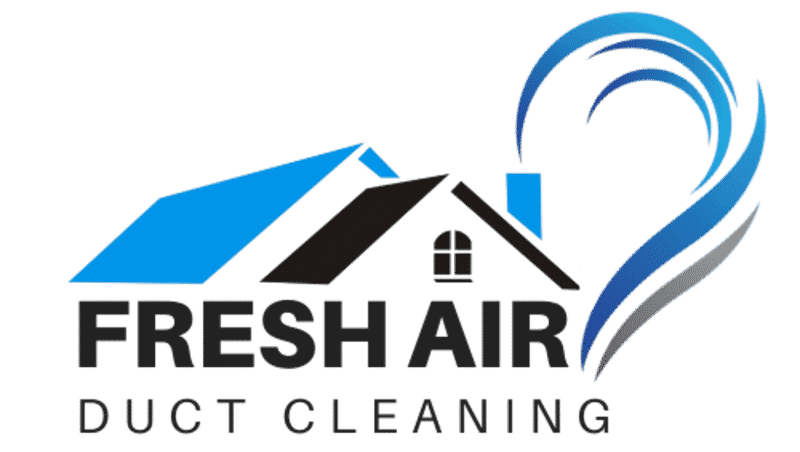A chimney does more than expel toxic fumes from your home. The many different chimney parts also protect your home from being filled with toxic fumes. A damaged or dirty chimney poses a threat to the safety of your home and the individuals inside. Annual inspections and chimney sweeps are recommended.
All of the chimney parts are important in their own way. They all work together to function properly and keep fumes from entering your home. By knowing what each basic part does, you can further understand the importance of regular chimney maintenance. Here are the main eight chimney parts detailed.
1. Chimney Crown
We’ll start at the very top of the chimney with the chimney crown. The crown is like a cap to a bottle; it protects the chimney from the elements and debris. Rain is detrimental to your chimney. The brick will deteriorate, and the chimney lining can become damaged. Rain, falling leaves, and downdrafts are just a few things your chimney crown protects against.
2. Chimney Flue
The chimney flue is the vertical shoot below the chimney crown. Many often interchange the flue with the liner, but these are two different chimney parts. The flue is simply the vertical shaft, while the liner plays a significantly different role.
3. Chimney Liner
The chimney liner is the most expensive and most important of all the chimney parts. The liner’s primary job is to protect the combustible parts of your house. If there is a single crack or opening in the liner, you risk a house fire or toxic fumes entering your home. There are three options when it comes to chimney liners: clay tiles, metal, and cast-in-place. There are advantages and disadvantages to consider with each type. The Chimney Safety Institue of America (CSIA) provides a comprehensive list of considerations when choosing a chimney liner.
4. Smoke Chamber
The smoke chamber is located between the flue and the damper. This is where the toxic fumes are compressed into a smaller area and are then propelled upward into the flue. The smoke chamber must have smooth surfaces for the smoke to propel upward. Jagged surfaces impeded the trajectory of the smoke and could cause it to spill back into the home.

5. Smoke Shelf
The smoke shelf is located within the chamber and assists in compressing the smoke. However, it also prevents downdrafts from interfering with compression. This concave section of your chimney runs the entire length of your chimney (typically 6″ to 12″).
6. Chimney Damper
The chimney damper is the set of doors just above the firebox. The damper is used to keep cold air from entering your home while the fireplace is not used. Also, it helps control the fire and the fumes. You’ll need to open the damper before you start a fire, so the fumes do not enter your living space.
7. Firebox
The firebox is the box in which the fire burns. In turn, this is your fireplace. Fireboxes are sometimes made of metal, but oftentimes they are brick. It is best to maintain the health of your firebox with regular cleanings. Soot and ash can take a toll on the masonry.
Chimney Sweep and Repairs
If you haven’t received a chimney inspection or sweeping in recent years, contact Fresh Air Duct Cleaning. We’ll look over all of your chimney parts for any damage or wear. You should have a chimney inspection and cleaning every year. For those that don’t use their chimneys often, then an annual inspection is fine. Protect your home and loved ones with a regular chimney sweeping and inspection. Our services can maintain the health of chimney parts and your home.

